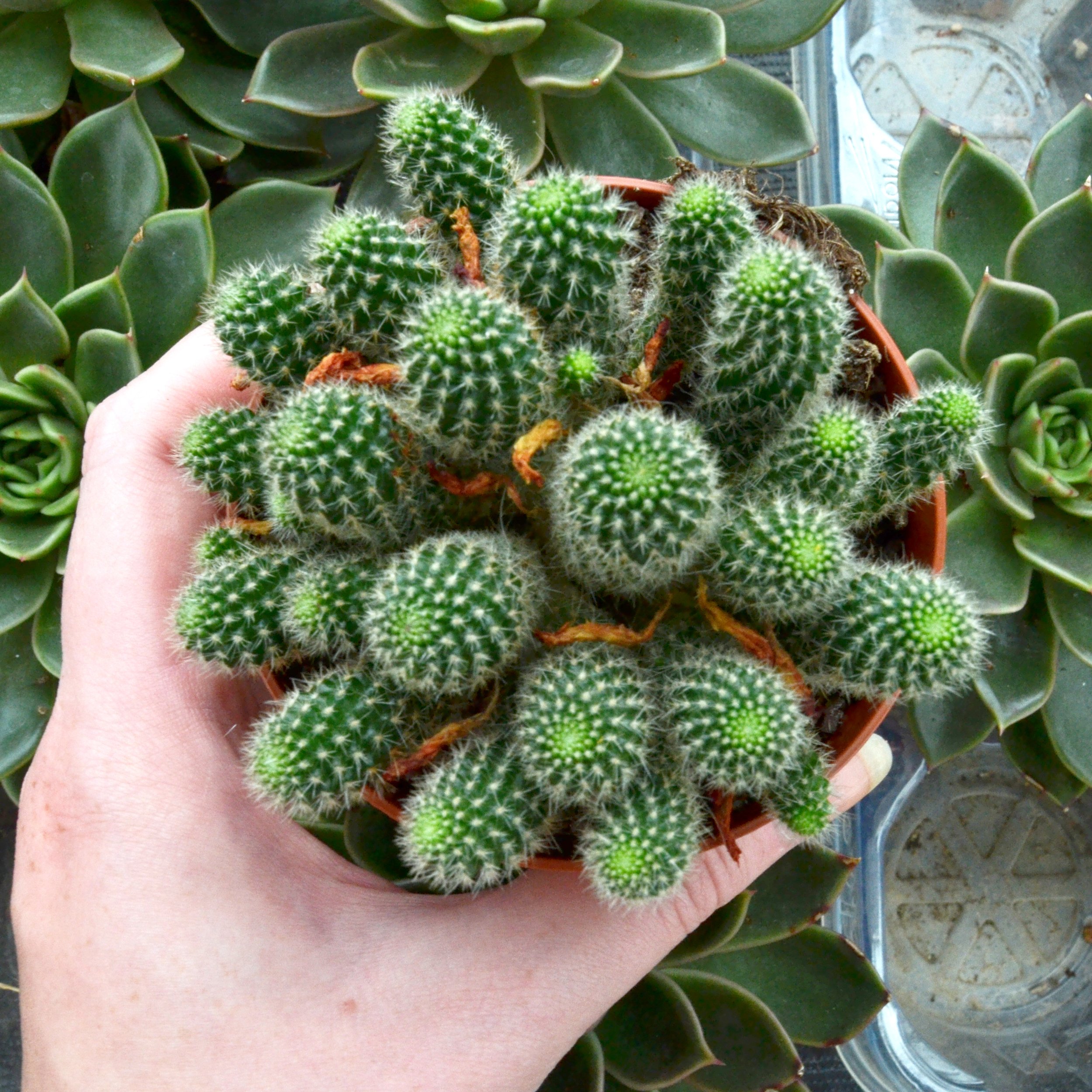Meet July's Drooping Prickly Pear
Summer is well and truly upon us and your cacti could not be happier but don’t forget they will all need watering more frequently. It’s not unusual for some cacti and succulents to show you how thirsty they are with their skin - If they start looking a little shrivelled, give that plant a drink!!
July's cactus does just that, meet this months cactus, Opuntia monocantha, also known as the Drooping Prickly Pear.
It is a fast-growing shrub-like tree that can grow up to 6m tall, its large yellow summer blooms are followed by delicious reddish-purple fruits known as prickly pear.
Prickly pear is used in lots of different ways, not only is it a tasty fruit to eat, it can be turned into juice, and syrups and features lots on Mexican menus. You can even make prickly pear fries! It's not all culinary, you can use it on your skin, and your hair and it is made into supplements too. It is super high in essential fatty acids, omega-6 and 9, and antioxidant vitamin E. It’s also rich in amino acids, which help boost collagen production and cell turnover.
It also contains vitamin K which can help brighten under-eye dark circles! What a plant!
Houseplant Seeds - The Asparagus Fern
Ok, we have been trying to get hold of these seeds for our club members for a long time now so we are all super excited to finally see them arrive!
The Asparagus fern is actually a member of the lily family, and the Asparagus genus but this evergreen bears no resemblance to either, and in spite of its name, is not a true fern because it sets seed rather than produces spores. In humid climates, it tends to spread so vigorously that it is considered invasive, but as a potted plant, it’s a gem!
Asparagus ferns are considered toxic to furry friends and humans so keep out of reach of children and animals. Contact your vet or doctor for advice if ingested.
Get planting with these simple steps:
1) Soak seeds in lukewarm water for 24 hours before sowing.
2) Sow in a propagator in moist compost, alternatively, seal in a clear plastic bag to create humidity. Keep above 16°.
3) Once seeds have germinated, remove them from the propagator or bag and grow on until large enough to handle.
4) Pot into individual pots and grow in a semi-shaded or shaded spot in a warm room.
5) Water regularly between spring and autumn. In winter, reduce watering but do not allow the compost to completely dry out.
Barry’s Asparagus Fern Growing Tips!
The key to a robust asparagus fern is to keep the plant adequately watered, bushy, and dense, so its lace-like foliage forms an attractive mound.
Light : The asparagus fern thrives in dappled shade, although it can be acclimated to more light. Keep it out of direct, bright sunlight, which can scorch the foliage.
Soil: Plant asparagus ferns in pots in moist, loose, well-draining soil. Make sure the containers have drainage holes.
Water : Asparagus fern thrive on humidity. Indoor growing conditions can often be too dry so mist the plant daily. If the plant appears to be turning brown, it likely needs more water. Keep soil moist, and water when the top inch of soil feels dry.
Are you a plant lover? Not yet part of the club? Join by visiting barryscactusclub.com








